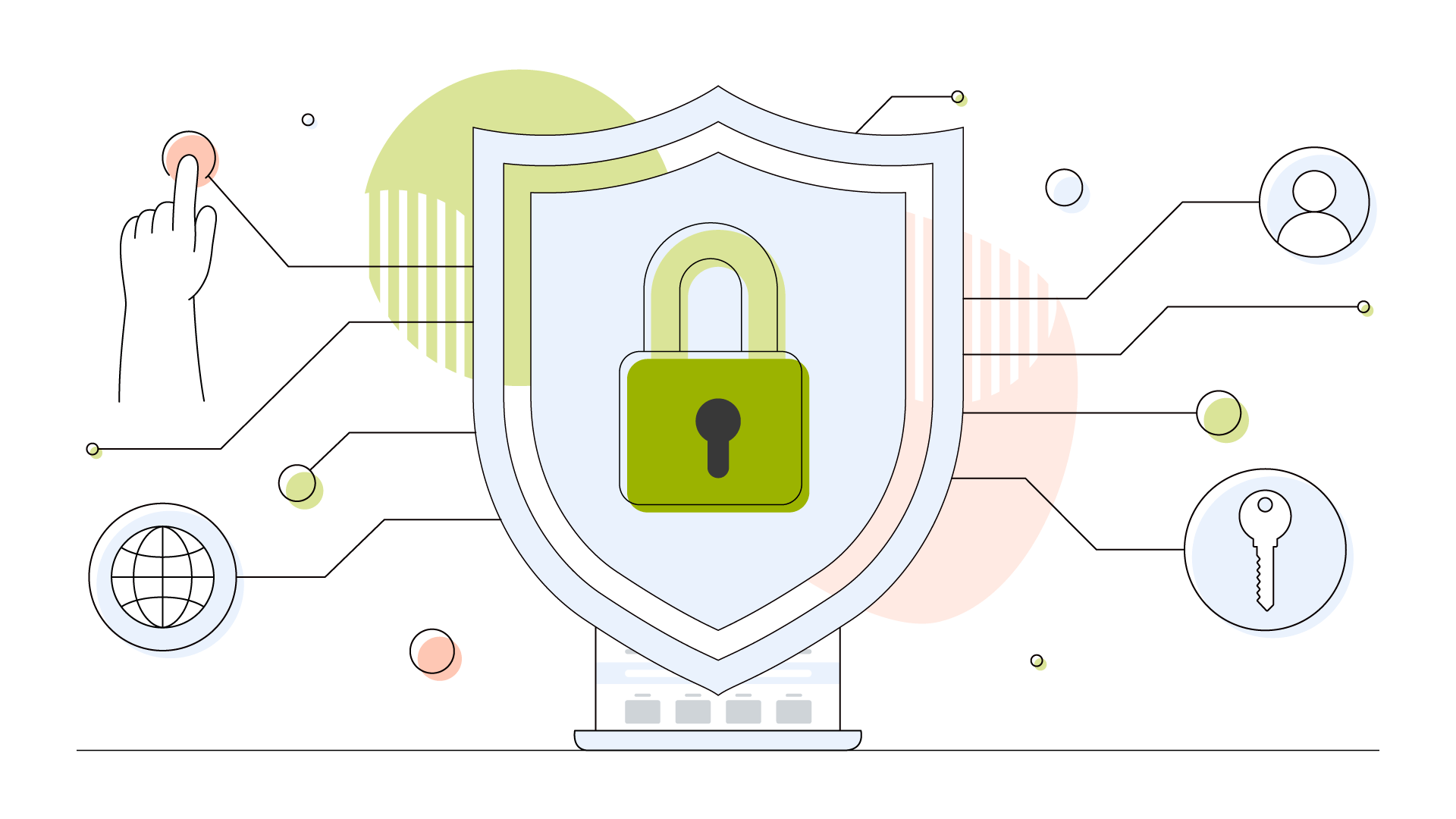Table of Contents
How AI Reduces the Cost of a Data Breach
In today’s fast-paced digital world, the increasing frequency and sophistication of cyber threats pose a significant challenge to organizations worldwide. As technology evolves, so does the arsenal of tools available to cybercriminals. Early adopters of innovative technologies like artificial intelligence (AI), machine learning (ML), and automation are finding effective ways to combat these threats and reduce the substantial costs associated with data breaches. In this article, we’ll delve into the transformative role of AI in cybersecurity and how it becomes the ideal solution for safeguarding sensitive information.
Transforming Cybersecurity With AI Tools
In a landscape where cyber threats are becoming more complex, organizations are leveraging AI to fortify their defenses. According to an IBM report, the adoption of AI technologies results in quicker response times and a remarkable decrease in data breach costs. AI-powered cybersecurity measures have shown a reduction of $300,000 per incident, bringing the time to detect and mitigate breaches down to 249 days.
Real-Time Detection
One of the key advantages of incorporating AI into cybersecurity is its ability to facilitate real-time threat detection. Unlike traditional methods, AI empowers security teams to identify suspicious activities without human supervision. This functionality allows for a swift response, enabling the implementation of investigative protocols and cyber deception techniques to actively trap attackers within secure systems.
Moreover, AI’s capability to analyze user activity and historical data aids in identifying criminal patterns. Automated alarms can be set based on machine learning data, refining processes according to severity, context, and overall impact.
Reduced False Positives
Cybersecurity fatigue is a common challenge in the digital realm, with overloaded teams and faulty alarm systems contributing to the problem. AI helps alleviate this issue by automating incident responses, creating high-fidelity alarms that trigger only for verified threats. This proactive approach ensures that skilled cybersecurity professionals are not overwhelmed with false alarms, providing a more effective defense against real threats.
Risk Mitigation
Cybercriminal Collaboration: As cyber threats become more sophisticated and collaborative, AI tools play a crucial role in bolstering an organization’s defenses. The integration of AI with a zero-trust architecture is particularly effective. AI aids in detecting unusual or malicious activities, enabling organizations to implement strict authentication and verification protocols to confirm user identity. By tracking user behavior and analyzing historical data, AI identifies attack vectors and addresses them promptly.
Reduced False Positives: Cybersecurity fatigue is a prevalent challenge in the digital era, exacerbated by the increasing number of cyberattacks. AI comes to the rescue by automating incident responses, creating high-fidelity alarms that trigger only when verified threats are detected. This approach minimizes false alarms, preventing overwhelming situations for cybersecurity teams and ensuring they remain vigilant against real threats.
Risk Mitigation: The concept of risk mitigation takes on a new dimension with the incorporation of AI tools. A recent survey revealed that 91% of organizations rely on a risk-based cybersecurity framework to identify and evaluate immediate responses to security risks. AI facilitates penetration testing, allowing organizations to identify weaknesses in their cybersecurity measures and reducing the likelihood of bad actors compromising systems.
Survey on Cybersecurity Frameworks: The adoption of AI tools aligns with the prevailing trend of organizations utilizing risk-based cybersecurity frameworks. This approach emphasizes the immediate identification and evaluation of threats, ensuring a proactive stance against potential security risks. Integrating AI into these frameworks enhances the overall effectiveness of risk management strategies.
Effective Risk Management: In the realm of cybersecurity, where time is of the essence, manual risk analysis and traditional risk management processes may fall short. Automation, facilitated by AI, becomes a crucial ally in spotting possible attack vectors before they can inflict damage. This proactive approach ensures that organizations consistently protect vital resources.
Automation in Cybersecurity: Automation in cybersecurity, driven by AI, goes beyond identifying vulnerabilities. It enables security teams to analyze massive amounts of data, leveraging advanced algorithms to identify both new and existing patterns of potential security threats. By acting promptly on ongoing threats, organizations can deter cybercriminals and protect sensitive information from compromise.
While basic security measures may suffice for individuals, organizations require a more proactive cybersecurity approach. AI, coupled with machine learning and automation, empowers organizations to detect existing vulnerabilities even in the most secure systems. Predictive analytics further enhances this proactive stance, allowing security teams to identify and address potential threats before they escalate.
Predictive Analytics: The integration of predictive analytics into cybersecurity strategies elevates the ability to anticipate potential security threats. Machine learning models, trained on high-quality data, can detect vulnerabilities and patterns in real-time. This proactive approach enables security teams to either study the perpetrators or thwart their attacks immediately, disrupting potential threats before they materialize.
Involving Employees in Cybersecurity: Recognizing that cybersecurity is everyone’s responsibility, organizations can use AI tools to train employees in cybersecurity best practices. Simulating phishing attacks with advanced AI tools ensures that employees can distinguish between legitimate and fraudulent correspondence. This collective effort strengthens the organization’s defenses against phishing attacks and other cyber threats.
The Role of AI in Modern Cybersecurity: AI emerges as a modern and indispensable tool for reducing data breach incidents. In an era where cyberattacks spare no one, leveraging AI and other emerging technologies becomes not just an option but a necessity. While the investment in AI-powered systems may seem significant, it pales in comparison to the potential productivity losses and reputational damage incurred after a data breach.
Proactive Defense Posture
For organizations, a proactive cybersecurity approach is imperative. AI, ML, and automation enable a more vigilant defense strategy than a reactive one. Machine learning models, trained on high-quality data, can detect vulnerabilities even in the most secure systems. Predictive analytics, driven by advanced algorithms, analyze massive amounts of data to identify patterns, both new and old, for potential security threats.
Flag Phishing Attacks
Phishing remains a persistent threat, with cybercriminals employing AI to launch more sophisticated attacks. Security AI can detect and stop phishing attacks promptly, using advanced functions like message analysis to identify harmful content. Additionally, AI tools can simulate phishing attacks, helping train employees in cybersecurity best practices, fostering a collective responsibility towards cybersecurity.

AI: A Modern Tool for Reducing Data Breach Incidents
Even the most prominent companies are vulnerable to cyberattacks. The investment in AI-powered systems, though substantial, is a smaller price compared to the productivity losses and reputational damage following a data breach. Cybersecurity is no longer an option; it’s a necessity. The adoption of AI and other emerging technologies is a proactive step towards protecting clients, partners, and employees.





I don’t think the title of your article matches the content lol. Just kidding, mainly because I had some doubts after reading the article.
Can you be more specific about the content of your article? After reading it, I still have some doubts. Hope you can help me.